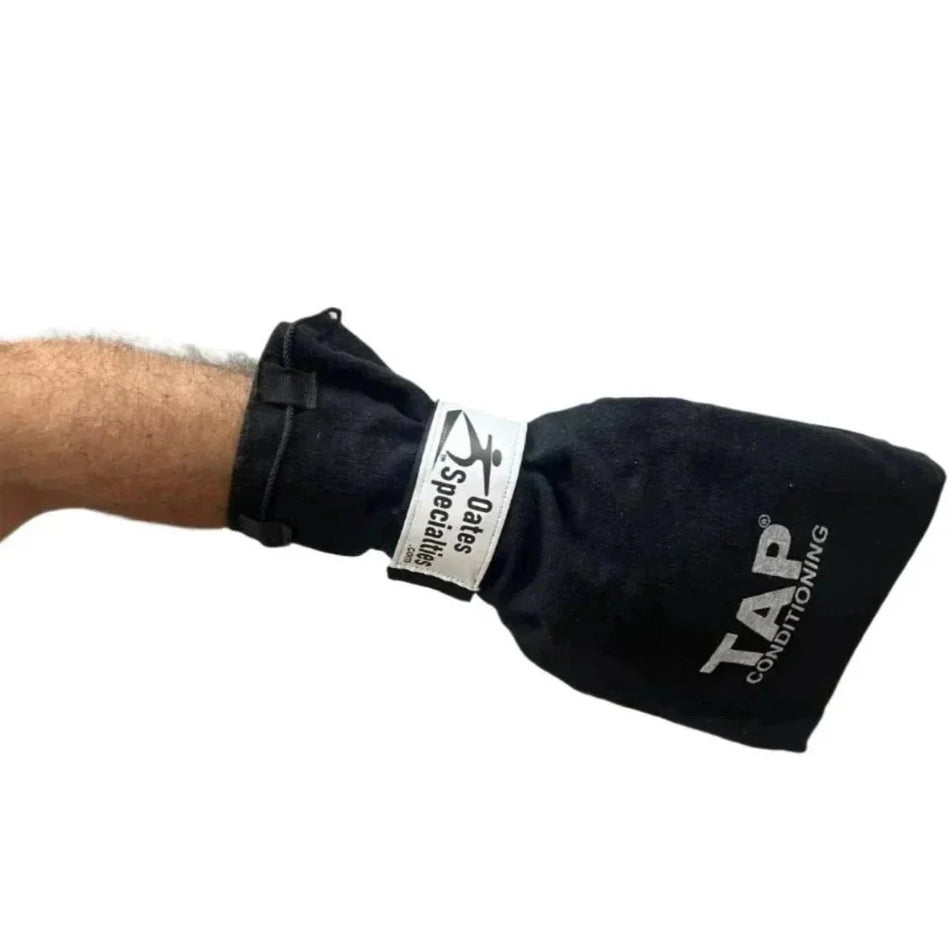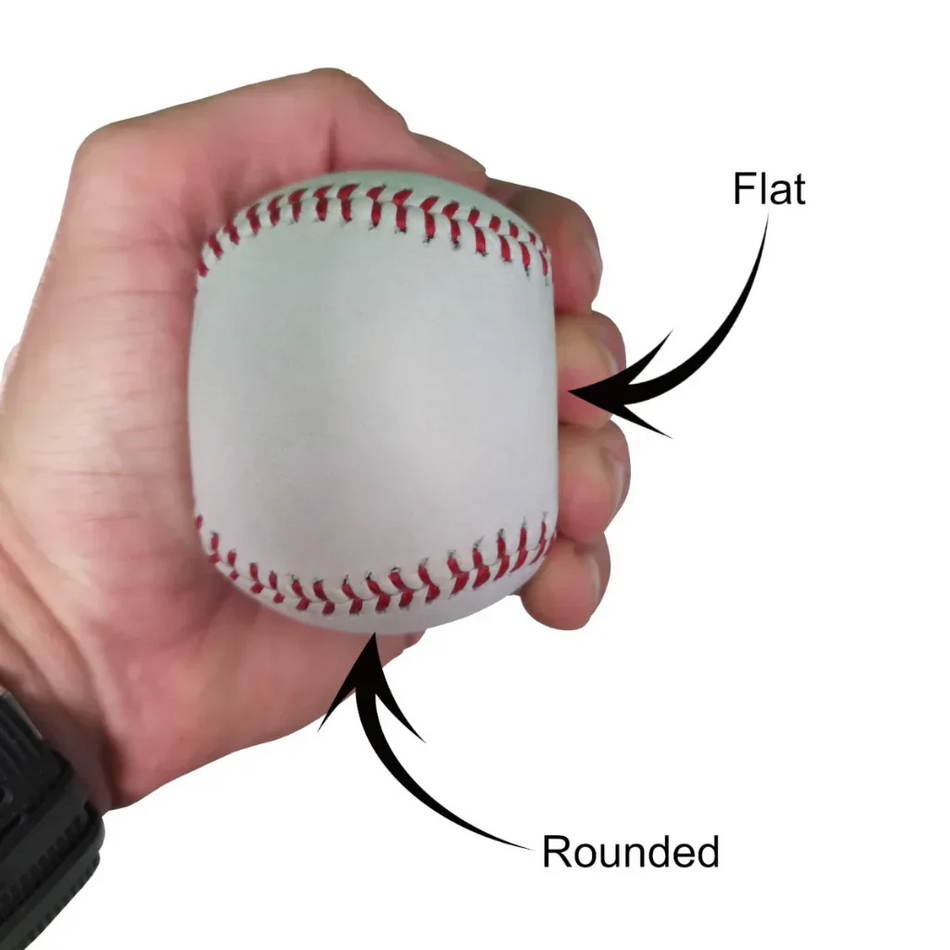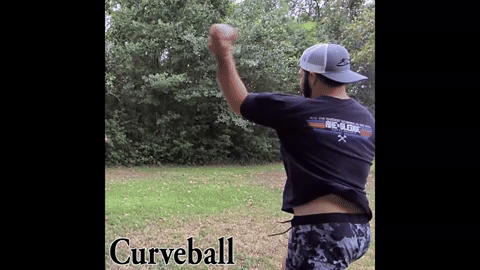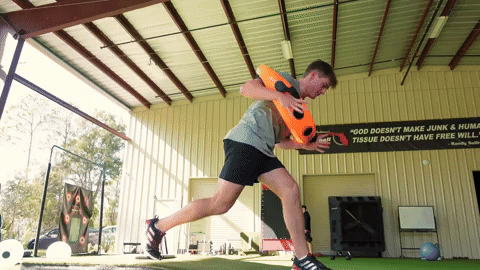Optimizing Skill-Specific Training in an Off-Season Program: A Periodized Approach
This blog post represents the third installment in a series dedicated to constructing a comprehensive off-season training program. In Part 1, we established the foundational elements of a successful program, emphasizing the importance of clearly defined goals, recognized limitations, and strategic periodization to ensure a cohesive and effective training regimen. Furthermore, we delved into the crucial concept of a preparatory ramp-up period, designed to prime the athlete for the rigors of the program. Part 2 provided an in-depth analysis of the role of strength training, differentiating its purpose within the broader context of athletic development and highlighting the integration of "functional" exercises with traditional strength training protocols. Readers seeking more details on these topics are encouraged to revisit the previous installments.
This segment will focus on skill-specific training. It is essential to establish a clear distinction: true "sport-specific" training can only occur within the actual sport itself, replicating the precise intensities, speeds, and movement patterns experienced during competition. This level of specificity is typically attainable only during actual games or, in certain instances, controlled scrimmages. Consequently, we will employ the term "skill-specific training" to indicate activities that isolate and refine specific skills inherent to the sport. For instance, a baseball pitcher engaging in velocity enhancement work is participating in skill-specific training. While this activity undoubtedly contributes to pitching prowess, it lacks the multifaceted demands of a competitive pitching scenario, such as facing live hitters, managing game pressures, and navigating the consequences of performance outcomes.
This article will explore the optimal organization of skill-specific training sessions, considering factors such as training volume, intensity modulation, and, recovery. To illustrate these principles, we will examine a potential weekly training schedule for both pitchers and position players in baseball/softball, acknowledging these concepts apply to a wide array of sports.
Defining Skill-Specific Training
Every sport comprises a unique set of skills that athletes must cultivate to achieve competitive proficiency. In baseball, a pitcher must demonstrate mastery of the throwing motion first. This encompasses throwing from both the wind-up and stretch positions, while for hitters, it involves refining the swing and for base runners, optimizing running techniques. These skills, while fundamental to the sport, cannot be practiced at game intensity in a training setting. However, dedicated skill-specific training provides athletes with the opportunity to enhance these skills, facilitating a more effective transfer to in-game performance.
Frequency of Skill-Specific Workouts
Assuming the athlete has undergone an appropriate ramp-up period and is physically prepared for the demands of skill work, the recommended frequency of skill-specific training sessions falls within the range of 4-6 days per week. This frequency ensures sufficient training volume to stimulate skill acquisition and refinement. Motor learning research suggests that consistent, incremental practice yields superior skill development compared to infrequent, high-volume training blocks. While volume management remains crucial, the overarching principle is to prioritize frequent engagement with the target skill. In the initial stages of the program, 4 sessions per week may suffice, gradually increasing to 5 or 6 as the competitive season approaches.
While some athletes may advocate for a 7-day training week, I suggest that incorporating complete rest days is vital for both physical and psychological recovery. Prolonged periods of intense training can induce a persistent "fight-or-flight" response, potentially hindering long-term progress. Although a 7-day training regimen may be feasible with meticulous workload monitoring, the author contends that incorporating 1-2 complete rest days per week promotes optimal physical and mental well-being, ultimately supporting sustainable long-term development.
Structuring Skill-Specific Workouts
Effective skill-specific training necessitates a periodized approach, incorporating high-intensity, moderate-intensity, and low-intensity days in a cyclical fashion. Renowned experts such as Ron Wolforth of the Texas Baseball Ranch and Randy Sullivan of the Florida Baseball ARMory advocate for variations of this model. See Wolforth's approach here and Sullivan's here. These models emphasize the importance of intensity cycling, strategic activity sequencing, prioritizing recovery after high-intensity days, and maintaining low-intensity activity even on rest days.
It is crucial to differentiate between intensity and volume when categorizing training days. A high-volume session, such as a lengthy throwing session with a high pitch count, constitutes a heavy day, even if the intensity remains sub-maximal. Conversely, a bullpen session with a limited number of pitches thrown at maximal effort represents a high-intensity day. Light days should involve low-volume, low-intensity activities, such as throwing with a Baseball Training Sock, performing drills to reinforce movement patterns, or engaging in other recovery-focused modalities. Medium days should fall between these extremes, allowing for adjustments based on individual athlete responsiveness and recovery status.
When planning skill-specific training for athletes engaged in multiple disciplines, it is essential to consider the cumulative stress imposed on the body. For instance, a pitcher who also plays first base should avoid consecutive days of maximal effort throwing followed by maximal effort hitting. Instead, a more balanced approach might involve a moderate-intensity bullpen session followed by a moderate-intensity hitting session, maintaining overall training volume while allowing for multi-skill development.
Examples of Skill-Specific Exercises
A variety of training tools and modalities can facilitate skill-specific training. Examples include:
- TAP® Baseball Training Sock: This tool allows for throwing practice in various settings, promoting arm strengthening while refining mechanics. See it in action here.
- TAP® Weighted Forearm Sleeve: As demonstrated by the Texas Baseball Ranch, this tool adds resistance to throwing motions, enhancing strength and stability. See it here.
- Khaos® Water Products: These products introduce instability to training movements, forcing athletes to engage stabilizing muscles and refine movement efficiency. Example include the Khaos Waterboy for hitters see it here
- TAP® Pummel Ball for pitchers see it here.
These examples highlight the diverse range of tools and methods available to enhance skill-specific training. Other valuable exercises include weighted ball throws, bullpen sessions, live batting practice, long toss, and various drills designed to reinforce movement patterns and optimize biomechanics.
What would it look like in action?
Please remember, this is an example and should not just be replicated. Athletes individual needs should be addressed. This is done after a warm-up and movement prep.
Example: Baseball Pitcher
Monday (Prime the arm and body for max effort day to follow while keeping volume and intensity lower): Baseball Training Sock Throws, Light Long Toss, Weighted Ball Drill Throws
Tuesday (High intensity with maximum stress on the arm, body, and mind): Max Effort Bullpen with Radar, Live Counts, and even live ABs
Wednesday (Light day while getting the arm to move, increase blood flow, and work on lower body efficiency): Baseball Training Sock Throws, TAP® Pummel Balls Throws, KHAOS® Water Ball lower half drills
Thursday (Prime the arm for the second max effort day. Starts with drills without a baseball and ends with more traditional drills) : TAP® Pummel Ball Throws, Khaos® Water Ball Drills, TAP® Connector Club Throws, Weighted Forearm Sleeve Throws, Throwing Drills with a baseball
Friday (High Intensity. All about developing velocity or building arm strength/durability) : Max Effort Long Toss or Max Effort Velocity session
Saturday (Light day that keeps the arm moving but keeping stress really low): Baseball Training Sock Throws, TAP® Connector Club Throws, Khaos® Water Ball/Waterboy Drills
Sunday: Off/Rest
Example: Baseball/Softball Hitter
Monday (Prime the body to be able to create maximal rotational force, and let the player get a bat in their hands to feel their swing) : Khaos® Waterboy Rotational Drills, Medicine Ball Wall Tosses (Shotput, Rotational Scoop Tosses, Shuffle Rotational Tosses, and Reaction Tosses) Front Toss/Soft Toss, and Tee Work
Tuesday (This is not physically taxing, but this is mentally draining which is why it is still a max effort day): Live ABs
Wednesday (Focus on movement patterns, stabilizing at the point of contact, and a feel for their swing): Khaos® Water Ball Contact Drills, Khaos® Water Bulgarian Rotational Swings, Front Toss/Soft Toss and Tee Work.
Thursday (Light hitting workload. Just feeling the swing. Working on defense as a position player and base running): Tee Work, Position Fielding, Base Running
Friday (High intensity day. All about creating a faster swing or a more powerful swing. Measuring is key. No guessing): Exit Velocity or Swing Speed Training. Using Weighted Balls to hit, Weighted Bats, Swing Speed Radars, Regular Radar Guns, and Hitting for Max Distance
Saturday (Light movement focused day. Still getting some swings in. Defense and baserunning focused): Medicine Ball Wall Tosses, Front Toss/Soft Toss, Position Fielding, and Base Running
Sunday: Off/Rest
Looking Ahead
This blog post has outlined a framework for integrating skill-specific training into an off-season program, emphasizing a periodized approach with a focus on intensity and volume modulation, recovery protocols, and the utilization of specialized training tools. The final installment in this series will delve into progress assessment, program adjustments, in-season training modifications, and a critical analysis of potential limitations and areas for improvement. By addressing these facets of athletic development, athletes and coaches can construct comprehensive training programs that maximize performance outcomes and promote long-term athletic success.














































